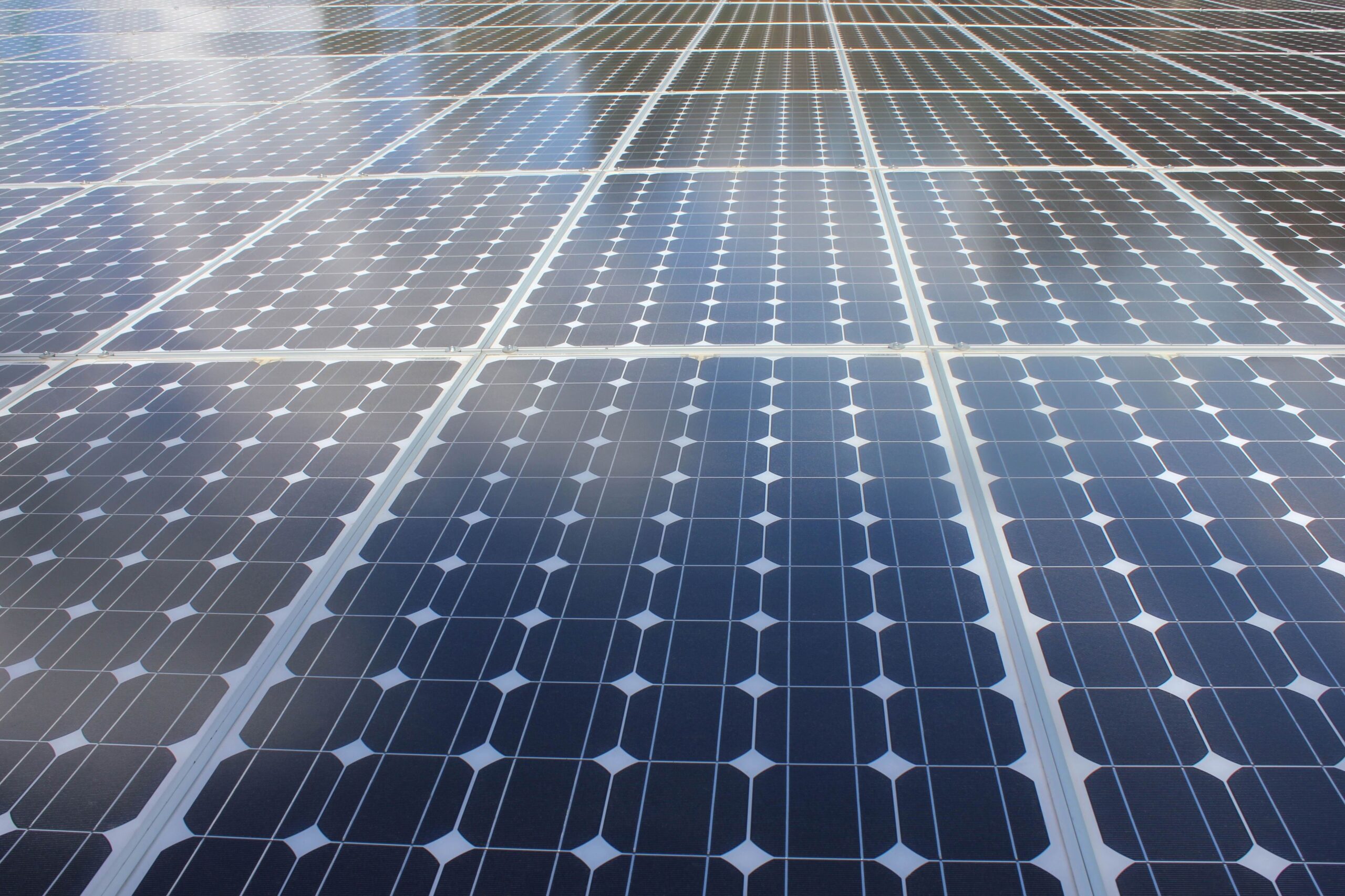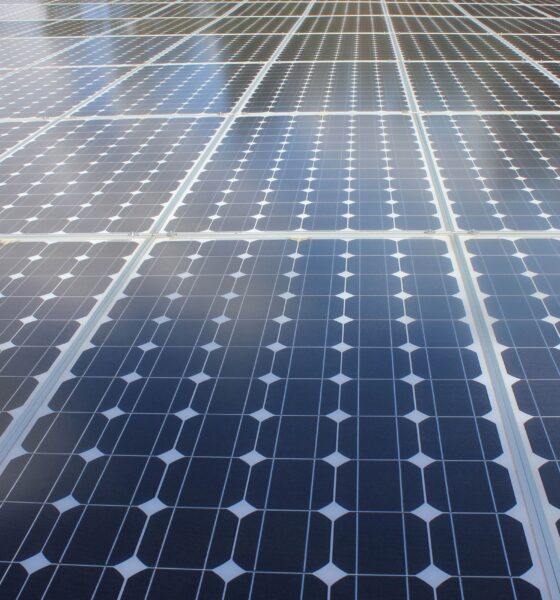

Energy
Renewables Overtakes Coal In Q3 Electricity Generation
The third quarter of 2015 saw a significant 31% increase in renewables generation from the same period in 2014, overtaking coal as the third largest contributor to GB electricity generation, after gas and nuclear power.
Figures included in the third quarter GB Electricity Market Summary, from energy data specialist EnAppSys, showed that during the July-September period, renewables provided 14.3TWh of generation, or 20% of Britain’s 32GW total average daily electricity output.
Levels of renewable generation are now almost twice that of the same period in 2013, representing a 79% increase overall. This has been supported by a 92% increase in solar output and a 23% increase in wind generation compared to Q3 2014.
The period saw energy generation output from Britain’s coal-fired power stations fall 54% from the same period in 2014, as a result of lower gas prices and summer maintenance outages.
The main drivers in terms of growth in renewable generation are in part due to large increases in solar capacity. Developers have accelerated the building of solar farms to meet subsidy scheme deadlines. Britain has also seen higher than expected wind generation over the normally calmer summer months.
This growth in renewables has somewhat complicated the market resulting in increased levels of oversupply and uncertainty. However, the market is also showing signs of adapting to the resulting higher levels of renewable generation, particularly from solar PV during the day.
The period saw gas-fired (CCGT) plants generate the most power output (32%) of any fuel type, contributing 22.6TWh over the period; a daily output of 10.2GW. This represented a 15% increase on the previous quarter but remained 40% down from the CCGT generation peak in Q3 2009.
Levels of electricity demand over the quarter fell by 1% to 28.8GW, from the same period in 2014. This follows an on-going year-by-year trend of falling electricity demand, due to reductions in electricity usage and the growth in embedded generation at high-demand sites.
Overall, during Q3 2015, CCGT produced 31.8% of overall electricity generation, with nuclear plants providing 22%, coal plants 18% and interconnectors 8% of overall generation.
Renewables contributed 20.2% of total energy generation. Of this figure, wind produced 41%, biomass 32%, solar PV 20% and 7% from hydro plants.
Paul Verrill, director of EnAppSys, said: “Renewables are increasingly offsetting the decline in coal-fired electricity generation, and are playing an increasing role in meeting Britain’s energy needs as their relative contribution increases.
“At the same time, levels of gas-fired generation have bounced back from previous low levels, although with output in the third quarter of 2015 was still 40% below the levels of power generated at CCGT plants in Q3 2009.
“Coal and gas-fired plants continue to provide the bulk of GB’s electricity generation, totaling 50% of total electricity generated in Q3 2015. However, despite some closures of coal-fired plants, it is unlikely that gas-fired plants will return to the levels of generation seen in 2009.
“Further plant closures within the GB electricity market look likely as levels of generation at plants on the edge of the market remain low, with a number of older gas-fired plants likely to drop out the market.
“With market conditions for conventional generation continuing to worsen, it is unlikely that these lost plants will be replaced within the market unless the payments under the capacity market encourages new build capacity or the tightening reserve margin translates to consistently higher peak prices.”
The EnAppSys Q3 2015 GB Electricity Summary is available here.


 Environment10 months ago
Environment10 months agoAre Polymer Banknotes: an Eco-Friendly Trend or a Groundswell?

 Environment11 months ago
Environment11 months agoEco-Friendly Home Improvements: Top 7 Upgrades for 2025

 Features9 months ago
Features9 months agoEco-Friendly Cryptocurrencies: Sustainable Investment Choices

 Features10 months ago
Features10 months agoEco-Friendly Crypto Traders Must Find the Right Exchange





























